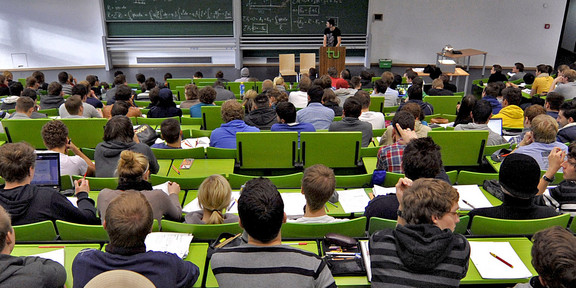Nanoscale Structure and Dynamics Solid –State and Liquid Interfaces Investigated with X-rays
- Kolloquium

Nanoscale Structure and Dynamics Solid –State and Liquid Interfaces Investigated with X-rays
I present my research on atomic structure at interfaces investigated using in-situ X-ray scattering methods. The talk will address two interface types, liquid-liquid and liquid vapour interfaces on the one hand and solid-solid interfaces on the other. Both require special experimental consideration including intense X-rays as provided by modern third generation sources synchrotron radiation sources such as the ESRF, PETRA III, APS and Diamond light source where the experiments discussed were performed.
The atomic-scale structure of previously inaccessible liquid-liquid interfaces is explored by pioneering in situ synchrotron-based X-ray scattering techniques. I will consider structure and dynamic behaviour at liquid-vapour interfaces through laser excitation of simple liquids and photo-induced structural changes in bio-membranes. Further, I will consider growth at interfaces between immiscible liquids. These interfaces have lately received renewed interest, both for fundamental insight as well as for applications in nanomaterials synthesis. In studies of crystal growth such as lead-halides by electrochemical deposition, the complex nucleation and growth behaviour is clarified.
In the case of solid-solid interfaces, the aim is to understand mechanical strain in ferroelectric materials as the strain-induced lattice changes at such magnetostrictive interfaces have applications for designing a new generation of biomedical sensors. In particular, the elastic coupling and strain at buried interfaces in magnetoelectric thin films and microstructures have been investigated using modern X-ray scattering methods in situ in magnetic and electric fields. Intense X-rays help to determine field-induced lattice deformation at the interface of composite materials. I will report local lattice deformations as small as 10-6 directly at buried magnetostrictive /piezoelectric interfaces combined with to nanometer spatial resolution. These studies show that by varying the diameter of nanostructures it is possible to tune the strain and the strain response. Coherent X-ray diffraction imaging can further the understanding by visualising strain in nano sensors in three dimensions.










